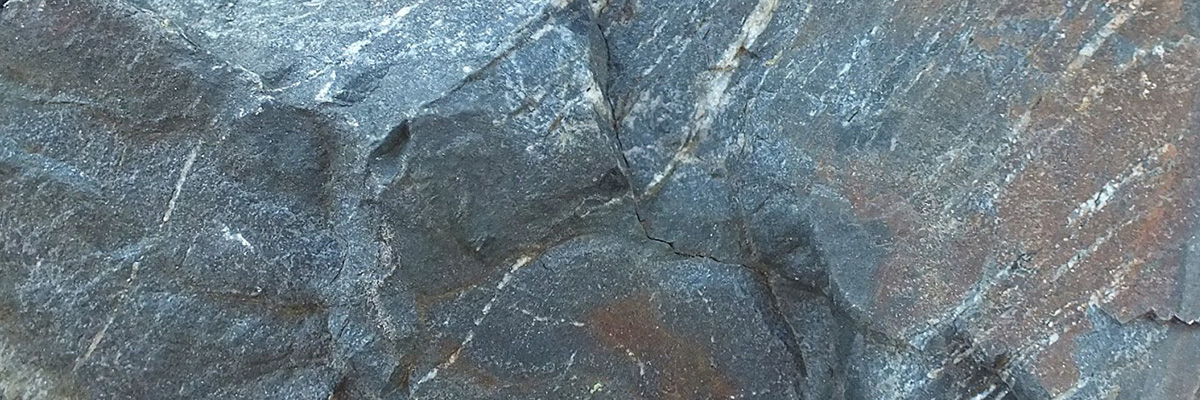Platinum is a precious metal belonging to the platinum group of elements, which also includes iridium, osmium, palladium, rhodium, and ruthenium. Known for its silvery-white color and exceptional resistance to tarnishing and corrosion, platinum is a dense, malleable, and ductile metal. It exhibits a cubic crystal structure and has a high melting point, making it a highly sought-after material for various industrial applications.
Usage
Platinum is widely used in various industries due to its unique properties. It is a key component in the production of catalytic converters, which help reduce harmful emissions from vehicles by converting toxic gases into less harmful substances. Platinum is also used in the electronics industry for the manufacturing of computer hard drives, thermocouples, and electrical contacts. Additionally, it is employed in the dental and medical fields for dental crowns, surgical tools, and medical implants, owing to its biocompatibility and resistance to corrosion.
Gemstone
While platinum is not considered a gemstone, it is a popular choice for crafting fine jewelry, particularly for settings and mountings. Its strength, durability, and resistance to tarnishing make it an ideal choice for rings, necklaces, bracelets, and earrings. Platinum’s elegant silvery-white appearance lends a sophisticated and timeless appeal to any piece of jewelry.
Origin
Platinum is formed in the Earth’s crust through various geological processes. It is typically found in the form of platinum-group mineral deposits, which are formed through magmatic segregation, hydrothermal processes, and the alteration of ultramafic and mafic rocks. The presence of platinum in the Earth’s crust is relatively rare, making it a valuable and precious metal.
Occurrence
Platinum is found in several geological environments, often in association with other platinum-group elements, as well as with minerals such as chromite, pyroxene, and olivine. The most significant platinum deposits are located in South Africa, Russia, and Zimbabwe, which together account for the majority of the world’s platinum production. Other notable sources of platinum include Canada, the United States, and Colombia.
Metaphysical
In metaphysical and spiritual practices, platinum is believed to possess properties of spiritual growth, inner strength, and personal transformation. It is said to enhance one’s connection to the higher self and promote a sense of unity with the universe. Platinum is also associated with mental clarity, focus, and determination, helping individuals to overcome obstacles and achieve their goals.
| Class | Native Element (platinum group) |
| Formula | Pt |
| Luster | Metallic |
| Hardness (Mohs) | 4 – 4.5 |
| Streak | Silver-gray |
| Color | Silvery-white |
| Cleavage | None |
| Specific Gravity | 21.45 |


